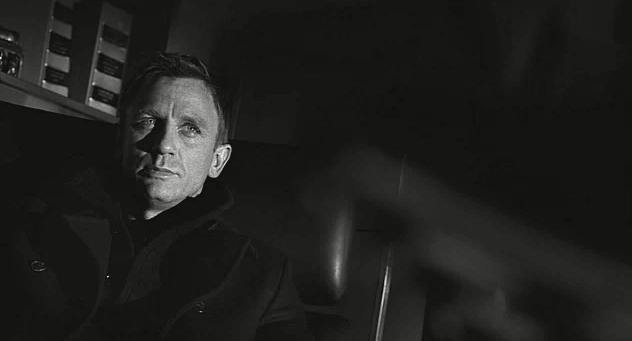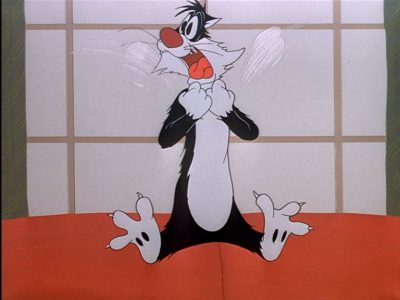Casino Royale (Martin Campbell, 2006)
The crucial line in the opening credits: “Based on the novel by Ian Fleming.”
Ian Fleming’s credit on the film Bond series has for years been simply “Ian Fleming’s James Bond in…” and then the title of the movie. There hasn’t been a Bond film that stayed anything close to one of his novels since 1969’s On Her Majesty’s Secret Service: in the seventies, the producers generally threw out Fleming’s plots, while by the 1980s the Bond films were taking the titles and a few incidents from his short stories but little more. All this time Casino Royale, the first Bond novel, remained unfilmed. The film rights were owned by different people to the rest of the series: they provided legal cover for a Bond spoof under the title in 1967, but yielded little else. In retrospect, given the level of farce the Bond series was reduced to through this period, the legal circumstances preventing an adaptation virtually amounted to protective custody. Now, though, corporate mergers and legal horse-trading has allowed its use as part of the “official” Bond series. And after the series hit a recent low with Die Another Day, the timing could not be better for a reintroduction of Fleming’s spirit to the series.



